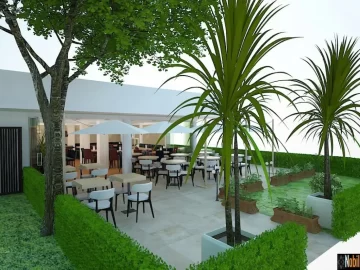Categories
- Accessories
- Adult Products
- AUTOMATION EQUIPMENT
- battery
- BUILDING MATERIALS
- BUSINESS
- CAR ACCESSORIES
- CUSTOM MADE
- Electronic Component
- endoscope accessories
- Fashion
- Home Improvement
- Home Panel
- Lifting Equipment
- Medical Equipment
- MOBILE PHONE AND TABLET CASES
- PURIFICATION EQUIPMENT
- rebirth doll
- SMART HOME DEVICES
- SUNSHADE
- Technology
- Uncategorized
- wireless microphone
Recent Posts
Boho Fashion Styles: How to Rock the Trend in 2024
Boho fashion is more than just a style; it’s a lifestyle that celebrates individuality, creativity, and free-spiritedness….
Preppy Fashion Style: How to Achieve a Timeless Look
Are you ready to embrace a style that exudes sophistication and charm? Preppy fashion style has long…
Preppy Fashion Guide: Classic Styles for Every Wardrobe
Introduction to Preppy Fashion When you think of preppy fashion, what comes to mind? Classic blazers, crisp…
2010s Fashion Trends You Can Still Rock Today
Introduction to the 2010s fashion era The 2010s fashion era was a vibrant tapestry of styles, merging…
Fashion Centers: Where to Find the Latest Trends
Introduction to Fashion Centers Fashion is a constantly evolving playground where creativity knows no bounds. For trendsetters…
Electronic Fashion: Merging Technology with Style
Introduction to Electronic Fashion Fashion has always been a canvas for self-expression, but what happens when technology…
Restaurant Interior Design Ideas for Modern Spaces
When you step into a restaurant, what catches your eye first? Is it the inviting ambiance, the…
Interior Designer Tips: Transform Your Home with Style
Transforming your home into a stylish sanctuary can feel like an overwhelming task, but it doesn’t have…
Home Renovation Incentives: How to Save on Projects
Introduction to Home Renovation Incentives Home renovation projects can breathe new life into your living space, but…
Renovating a Mobile Home: Essential Tips & Ideas
Introduction Upgrading a mobile home can be an exciting journey. With the right approach, you can transform…









